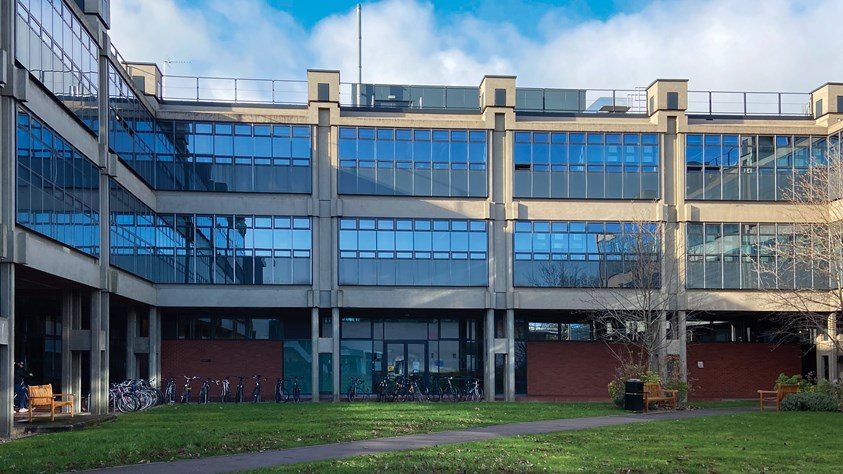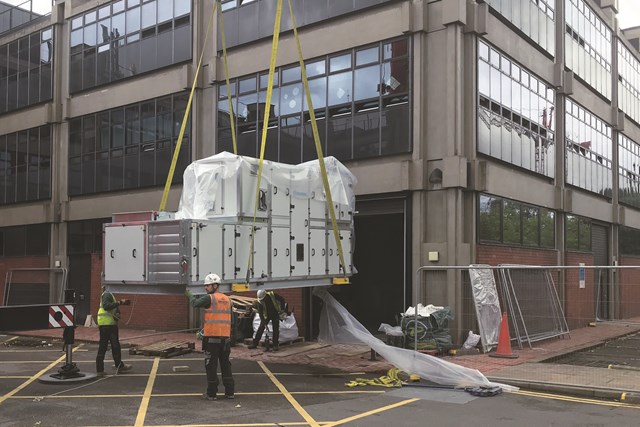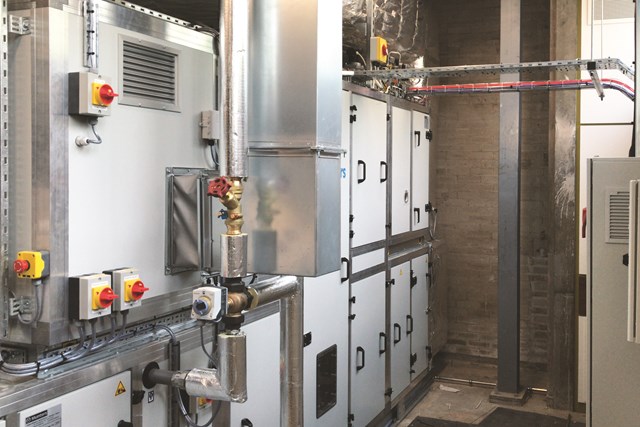메시지 전송 시, 오류가 발생하였습니다. 재시도하십시오
사업 영역
로그인
산업
솔루션
메시지 전송 시, 오류가 발생하였습니다. 재시도하십시오

The Energy Materials Group at the University of Birmingham works with moisture sensitive materials such as lithium-ion, sodium-ion, and solid-state chemistries, all of which require very dry climate conditions to prevent damage, explosive reactions, and to ensure product integrity.
Munters agreed to be the principle contractor for this project, and as the research team had worked in existing Munters low dew point facilities installed in other industry and academic settings in the past, expectations of a comparable facility here were extremely high.
One of the key challenges encountered during this project was working within a grade II listed building. “The added complexity of working within a listed building presented a number of challenges throughout the project, including working around pillars, matching existing building louvers that were over 20 years old, and complying with increased planning and building regulations” says Paul Richards, Project Manager for Munters.
The 50m² dry room consistently maintains conditions to around -40°C dew point at a temperature of 20°C, with capacity for approx. 6 people. These conditions are created and maintained by the Munters desiccant dehumidification solution installed in the adjacent plant room.
“Having the dry room has certainly opened up new opportunities for us," says Scott Gorman, Research Fellow and the Dry Room Manager. "Around half of the projects that are carried out each year will use the dry room regularly. It gives us a unique selling point (USP), and the ability to offer certain things that other groups can’t. The dry room allows us to bridge that gap between industry and academia.”
Munters and the University worked together to optimize the dry room design and ensure reliable climate control performance. The Munters system is high performing yet energy-efficient, which results in a cost effective solution for the University.
Low leakage wall panels and ductwork and a positive pressure in the room are all also critical. We optimized our room and ductwork designs using CFD modelling to ensure we would meet target dew point in all areas of the room.
For more details on the project and to read the full story, download the case study on the right.


아이디 또는 비밀번호를 다시 확인하세요
오류. 나중에 다시 시도하십시오
비밀번호를 잊으셨나요?
아이디 또는 비밀번호를 다시 확인하세요
오류. 나중에 다시 시도하십시오
Check your email within a couple of minutes to reset your password, if you can’t see any incoming messages try to check into your spam folder!